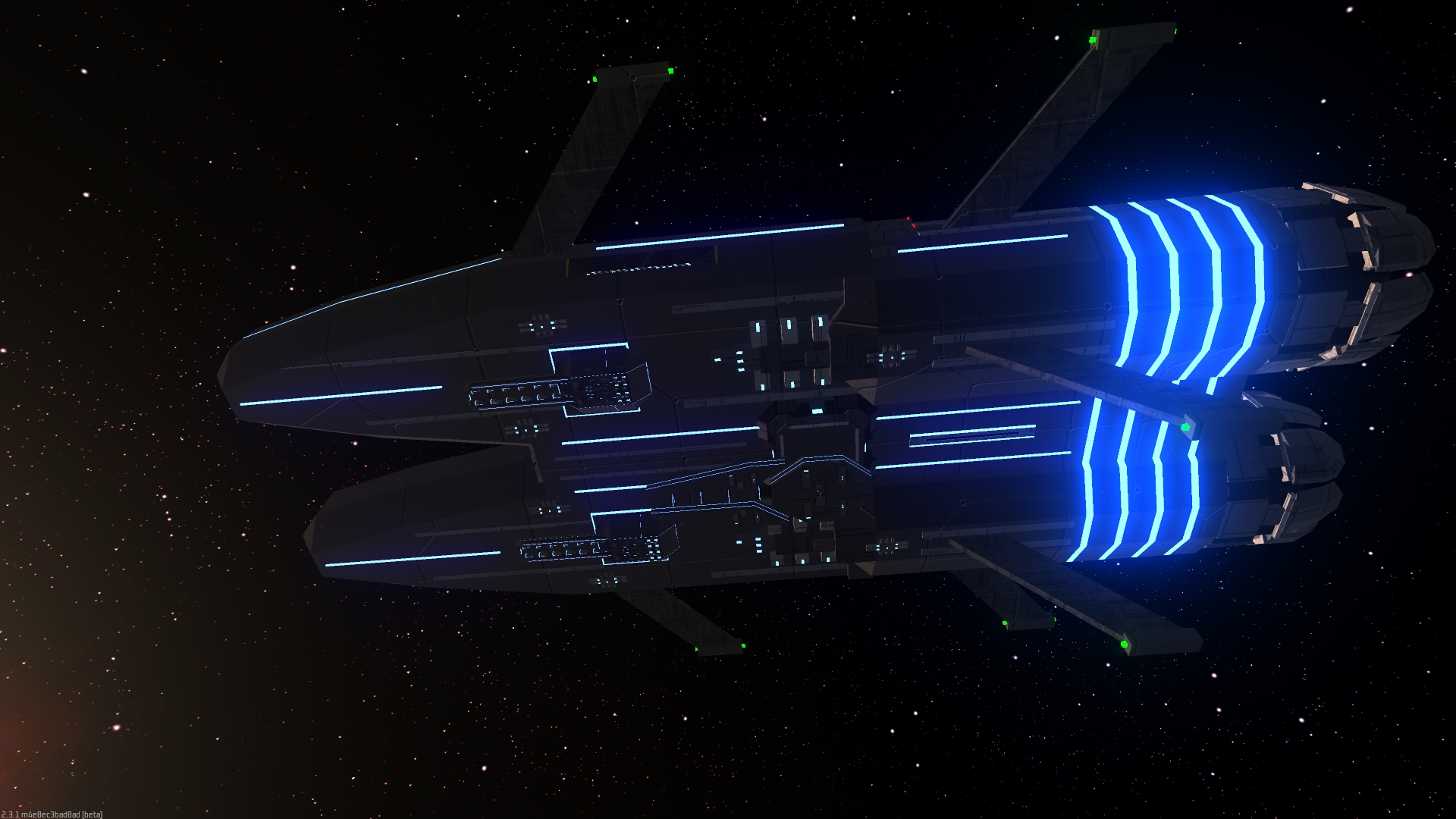Harkas Outerworldian
A subspecies or Harkas that has evolved to survive in space outside of the habitable zone.
Although the difference in physiology between Midworldians and Innerworldians is large, it is perhaps larger between midworldians and outerworldians. They attempt to take in heat rather than actively emit it, in order to supply slightly more energy to some symbiotic, microbial organisms for the outerworldian to eventually metabolise. Although many of the outerworldian biological processes are more efficient, no process is 100% efficient so they have to radiate heat as well. Their radiators are smaller, but they have to eat less to survive. However, less food can be found as it can be difficult to support life with less energy. Almost all lifeforms outside the habitable radius have a much slower metabolism, so the conditions generally favor smaller life, but there are still engineered bioships in more current times, as well as predators that can eat outerworldians.
In more current times, they have engineered new lifeforms that can produce more energy (using more efficient photosyhthesis processes), allowing more life to flourish around the outerworlds, but the outerworldian harkas themselves are still adapting to the rapid change. Their metabolism is speeding up, giving them faster reaction times as well as better control of bioships, but still remain as one of the less populous subspecies of harkas. Propulsion is achieved in a more similar way to mechanical rockets. Their tails can emit a jet of material rearwards at decently high velocity. This material is obtained from digesting smaller lifeforms which had this fuel-like substance for a similar reason.
The primary difficulty that outerworldian physiology has to overcome is the problem of providing enough energy to the brain to support sentience. They have a slow metabolism but every time evolution tried to remove their sentience they would not survive easily so there are no non-sentient outerworldians seen. The intestine takes up a larger amount of internal volume and is longer which increases the energy absorbed at the cost of having a smaller stomach and several other organs. Outerworldians also tend to be smaller than many other subspecies of harkas. During earlier times, their knowledge and skill in bioengineering would help them to survive as they could grow large farms that occupy the largest possible surface area of sunlight, in a large wall-like plane farm. These could grow more food than through hunting, but this was scarce until they invented more efficient photosynthatic processes and farming became easy. The outerworldian harkas also have to recycle any materials that aid in digestion, such as a special wax-like compound added to food in the stomach which allows nutrients to pass to the bloodstream from the intestine more easily. This is recycled in the large intestine. Some materials such as acids cannot be recycled because of a significant cheimcal change that occurs as they are used. For example, acids become a different compund when they react, and this process can be energy inefficient to undo. Their circulatory system is also energy efficient as their hearts beat quite slowly. The harkas do not have to deal with gravity issues, so they require slower and weaker hearts overall.
Genetic Ancestor(s)



Comments